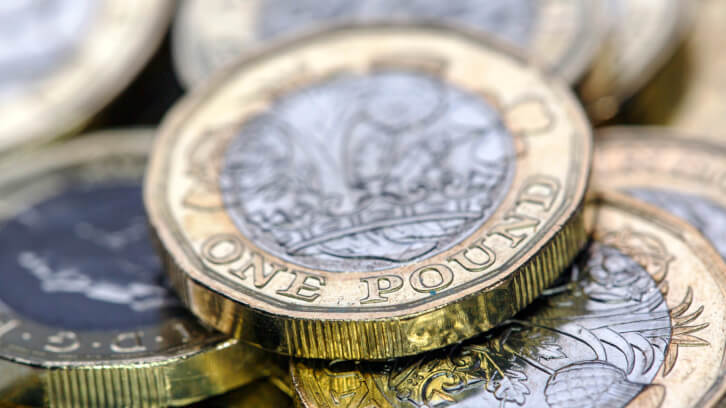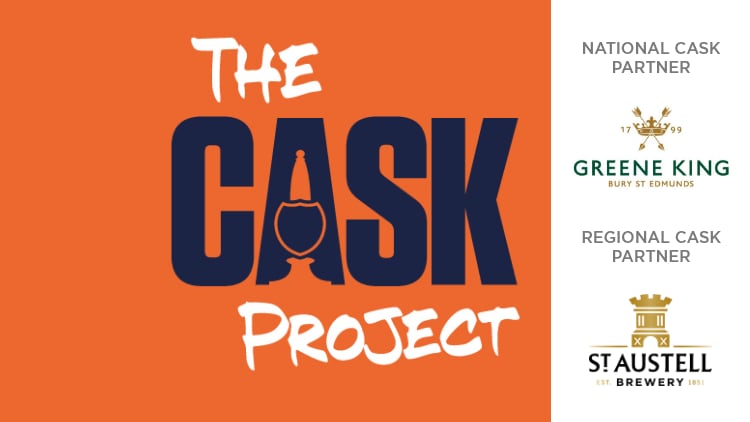From April 2024, workers aged 21 and over will be eligible for NLW with the rate for that age bracket being £11.44.
The Government highlighted this was the biggest cash increase in the NLW in more than a decade.
Furthermore, the age bracket for eligibility will change in April next year with the higher rate being available for 21-year-olds.
For workers aged 18 to 20, it will be £8.60, under 18s it will be £6.40 and the same rate for apprentices.
However, industry leaders voiced their concerns about the increase, amid warnings the hike could put many firms “over the edge”.
Trade body UKHospitality chief executive Kate Nicholls said: “This is a significant increase in the NLW, rising 10% and 28p more than originally forecast.
“Such a rise will have significant knock-on impacts on costs as businesses struggle to maintain appropriate wage differentials across all their staff, including at more experienced levels.
“If businesses are expected to deliver these wage levels, there must be action to drive down costs in other areas.”
Knock-on effect
Moreover, Loungers founder-chairman Alex Reilley warned about the impact of the wage rise.
He said: “Lots of Tory MPs back-slapping about their inflation-busting NLW increase. However, a reminder that it’s business that pays for this (NOT the Govt) and the increase drives more money into the Treasury’s coffers through increased income tax, employees NI and employers’ NI receipts.
“Don’t get me wrong, this is great news for millions of people (it’s more than the 2m the Govt suggests as this has a knock-on effect in the labour market).
“But, without targeted tax cuts, this will force countless small hospitality businesses over the edge.”
Since its inception seven years ago, the NLW rate has increased by almost 60% for workers in their 20s.
The Government introduced a new mandatory NLW for workers aged 25 and above on 1 April 2016, which was initially set at £7.20 – a rise of 50p relative to the national minimum wage (NMW) rate.
At the time, it equated to a £910 rise per year in earnings for a full-time worker on the then NMW, which was then £6.70.
The NLW was implemented via an amendment to the NMW Regulations 2015 in a bid to ensure rules applied to the NMW rate for workers under 25 also applied to workers entitled to the NLW.
The following year (April 2017), the rate for those aged 25 and over increased by around 4% to £7.50.
Rise history
April 2018 saw a rise to £7.83 – 33p more than the previous year and 4.4% in percentage terms.
Some 12 months later, the rise in 2019 was a larger increase than the years before at around 4.9% to £8.21.
In 2020, the rise continued to grow as this time the rate rose to £8.72 – an increase of 6.2% compared to the previous year.
Government figures
For April 2021, the increase was smaller at 2.2% however, the eligibility changed with workers aged 23 and over eligible for the higher rate (compared to those aged 25 and over in the previous years).
However, a 6.6% hike in 2022 was announced with workers in the 23 and over bracket able to earn the £9.50 rate.
Taking us to the current rate, which was implemented from April 2023, of £10.42 – almost 10% higher than before.
Government figures





